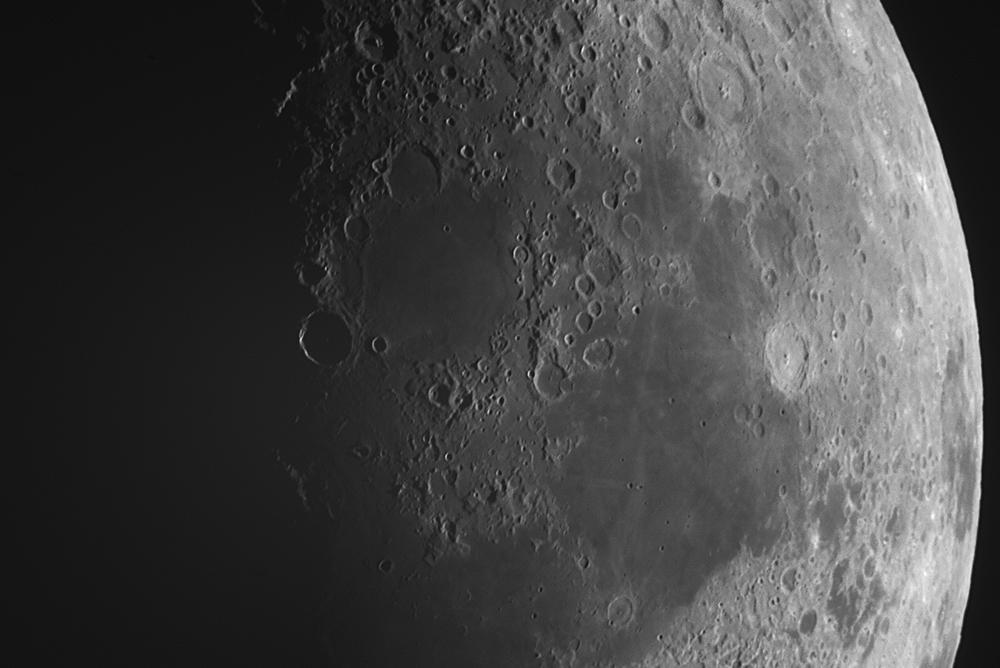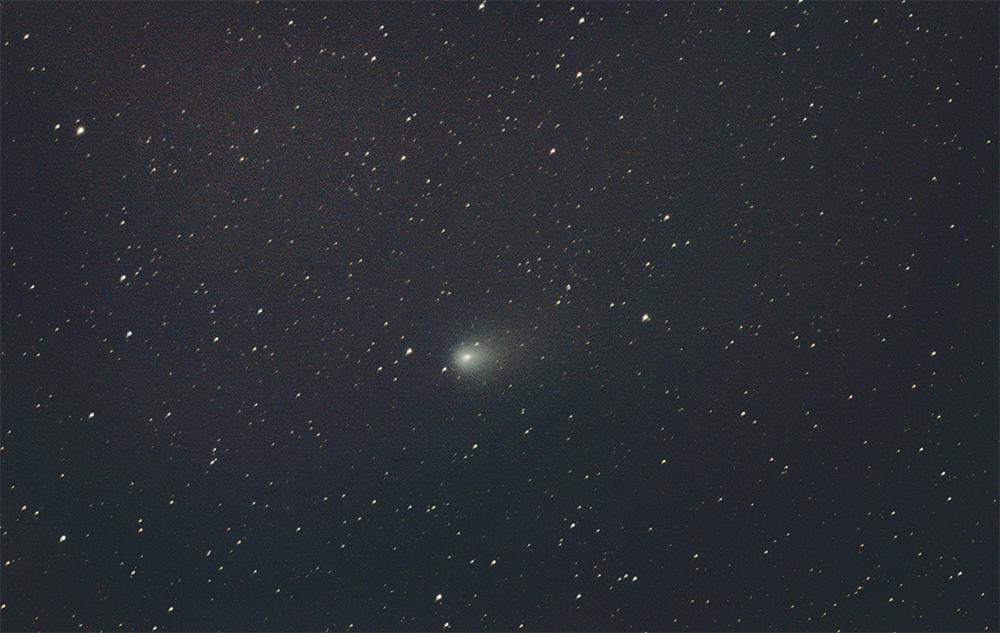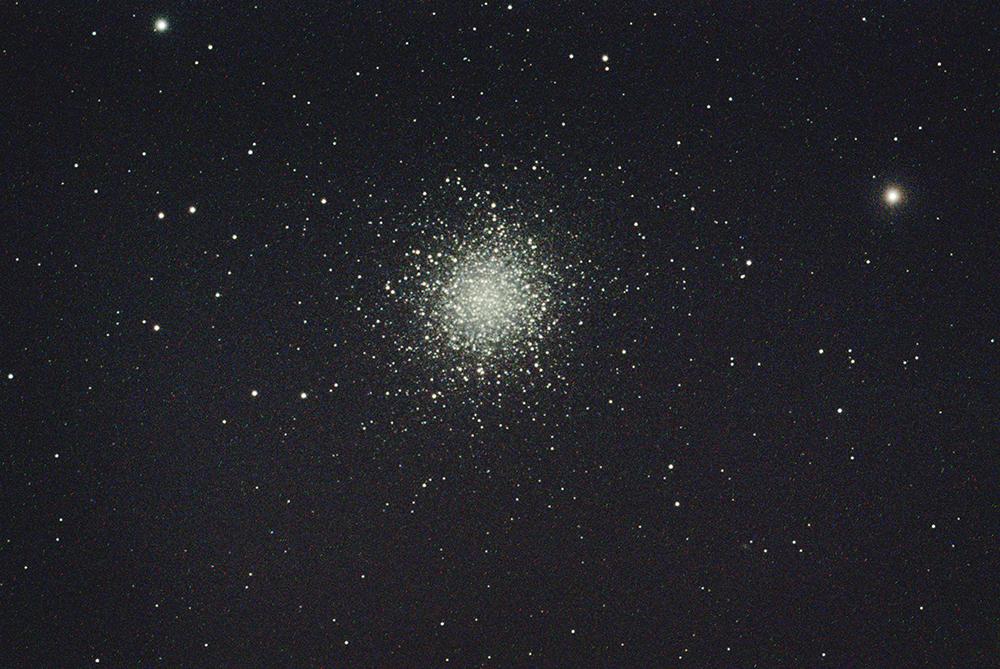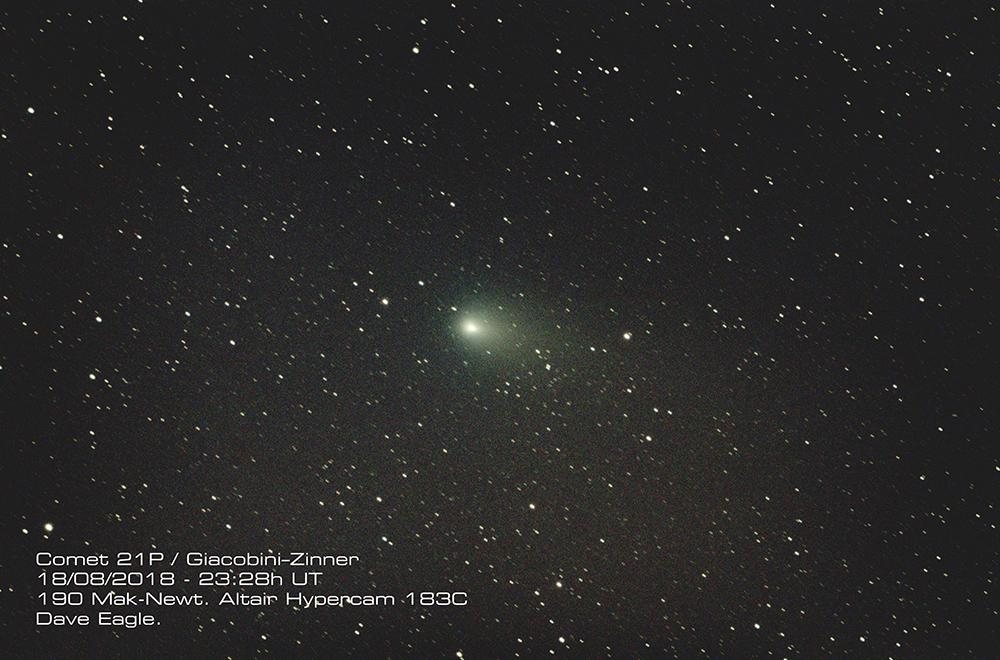So, we moved home on the 4th of July.
Much as I hate the way US traditions are infiltrating British culture, this date meant that due to us downsizing the house, we were no longer bounded by me having to go to work.
That day really was Independence Day for the Eagle household.
So after a frantic 6 and a bit weeks of having trades in the house, I have finally been able to get the “observatory” up and running.
After selling the dome, I had a set budget for my new setup. I would invest this money wisely, to try and upgrade some instrumentation, if possible.
So instead of a dome or roll-off roof, I opted to cement my pier in the chosen location in the garden and erect an off-the-shelf shed nearby, which would eventually have power connected to it. This reduced the costs of my new observing facilities significantly.
So, by making this change, as part of my upgrade, I managed to get a Celestron C11 at a very good cost, and still had enough left in the budget to purchase an Altair Astro 183C Hypercam.
So I’ve got a new camera. Not for the first time, I find myself once again on that very steep learning curve.
How does the camera work? What are the best settings to use?
On the evening of the 16th of August, the skies looked like they were going to be clear after a cold front went across bringing rain that morning. The pier was set up, so I ran an extension lead out for power and connected the computer to the mount. A quick port change and everything talked perfectly as if it had never moved from the observatory. As the sky started darkening, I took a quick look at the Moon, capturing a quick series of images using the Hypercam before it slipped behind the neighbours house.
Not bad considering the sky wasn’t even dark at this time and shows the field of view obtained with this camera when used with my 190 Mak-Newt.

As the sky darkened further I focussed on a bright star using the Bahtinov Mask. If you haven’t got one of these brilliant devices, how long does it take you to focus the camera properly? So first plan was to go capture a comet.
So, I slew the scope over to Comet 21P /Giacobini-Zinner, visible in the north eastern sky. This comet has been very bright lately, as it approaches perihelion.
Click here to read my guide to this apparition of Comet 21P.
I took quite a number of images saving as all different formats to see if I can tweak an image out. It was a real challenge. Initial images looked fine on the screen, but when I came to stack the images using my trusty software Deep Sky Stacker the images were blurred. The stars, despite many being detected, the images just would not stack.
I even went over to M13, a big bright object, to see if this would help.
The same thing happened.
I finally got tired and packed up at 1am.
So the next day, a few lengthy manual image processing sessions started to try and retrieve some images from all the data I had collected. The results are still monochrome, so there’s something I’m still not doing right.
Comet 21P – Subs manually stacked and processed in Photoshop.

M13 – Subs manually stacked and processed in Photoshop. (The Propeller is nicely visible).

I finally found 5x 40 second subs saved in FITS format that would stack correctly. Still no colour to speak of, but hey, it’s a start. Despite being only a total of just over 3 minutes integration time, there are some faint stars showing up there and some nice structure in the head of the comet. So the initial results are starting to show the potential of this camera.
Onwards and upward… Here’s to next time.

